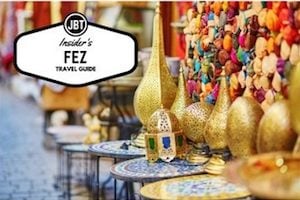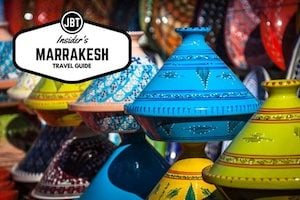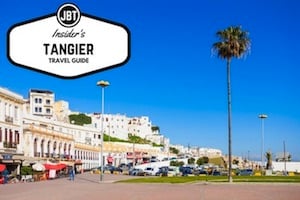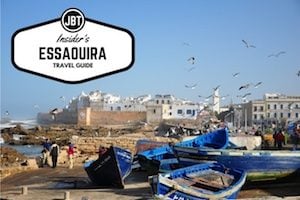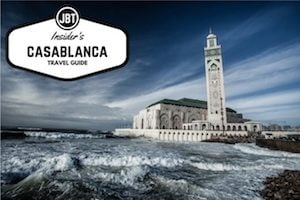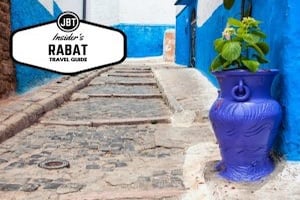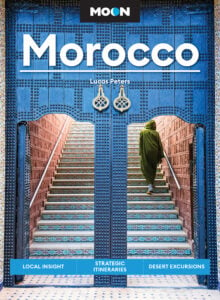Tangier, as it is called today, has been under Roman rule, in first Century BCE. Along came the Vandals, who started their move across Africa from here. Between the fourth and fifth centuries, Tangier was part of the Byzantine Emipire. The Arabs arrived in the early 700s. Portuguese laid claim to the area in late 1400s. Spain and Portugal held Tangier together for about 60 years, becoming Portuguese again in the mid 1600s. Catherine of Braganza (Portugal) was to marry Charles II of England. Tangier was given to Charles as part of the Princess’ dowry. You can read more about this northern port city on our Tangier guide written by our local expert writer.
The British ruled the city until Sultan Moulay Ismail imposed a blockade which forced the British to withdraw. Upon leaving, the British destroyed the city and its port. Although partially reconstructed, the city declined to around 5000 people in early 1800s. Because of its geographic location, many European countries have vied for control.
France was the most influential when the Kaiser of Germany said he was in favor of Morocco remaining a free country. This nearly triggered a war between France and Germany. Morocco was divided between France and Spain. Tangier. In the 1920s, Tangier became a international zone, held by France, Spain, Britain and Italy until World War II. Spain held control of Tangier until Morocco gained its independence. She was reunited with the rest of the country.
Tangier has a checkered past. Once known as a safe haven for international spies and a meeting place for secret agents. Tangier is used as the location for many spy novels and movies. It, also, had quite a reputation as a smuggling center. Tangier attracted many artists such as Matisse and Tiffany. Authors like Choukri, native to the area, and Burroughs wrote about the city and surrounding area.
Today, Tangier is the second industrial center in Morocco with its Tangier Free Zone. Construction should be completed by the end of 2008 on the second Tangier-Mediterranean port. Fishing and agriculture are two smaller industries adding to her economy. Tangier is connected to the rest of Morocco by rail and new expressways. Ibn Batouta International Airport is 15 kilometers from the city’s center. Even with all the modern industries, Tangier still has an old medina were artists ply their wares. Leather goods are the specialty along with traditional clothing, shoes, silver crafts and wood items. The entrance gate to the Medina is found near the Great Mosque and it connects with the beaches.
Tourism is becoming an important industry with foreign investors building seaside resorts. <b>Cape Spartel</b>, the entrance to the Straits of Gilbralter, is nearby. Visitors go there to see the famous lighthouse as well as the coast of Europe from the African side.
Tangier is a fast growing city population wise. In the last twenty years, population of the city has quadrupled.
